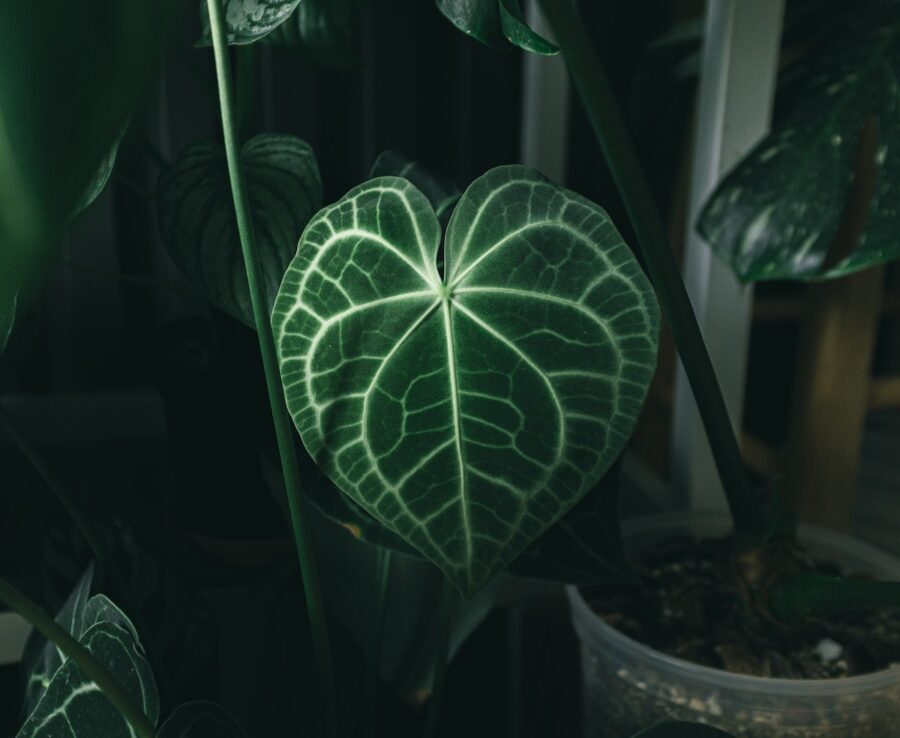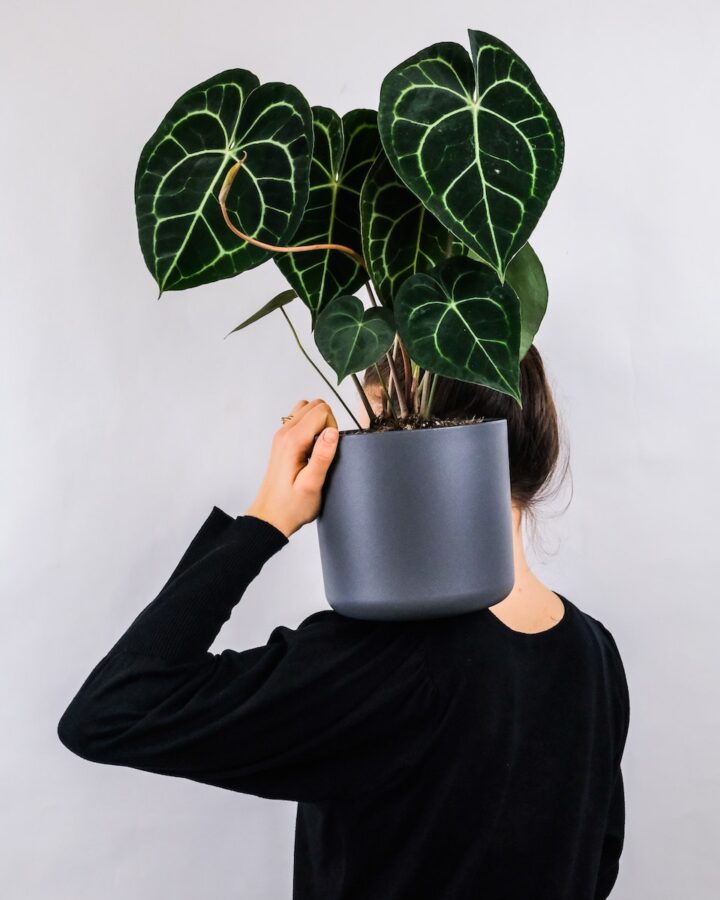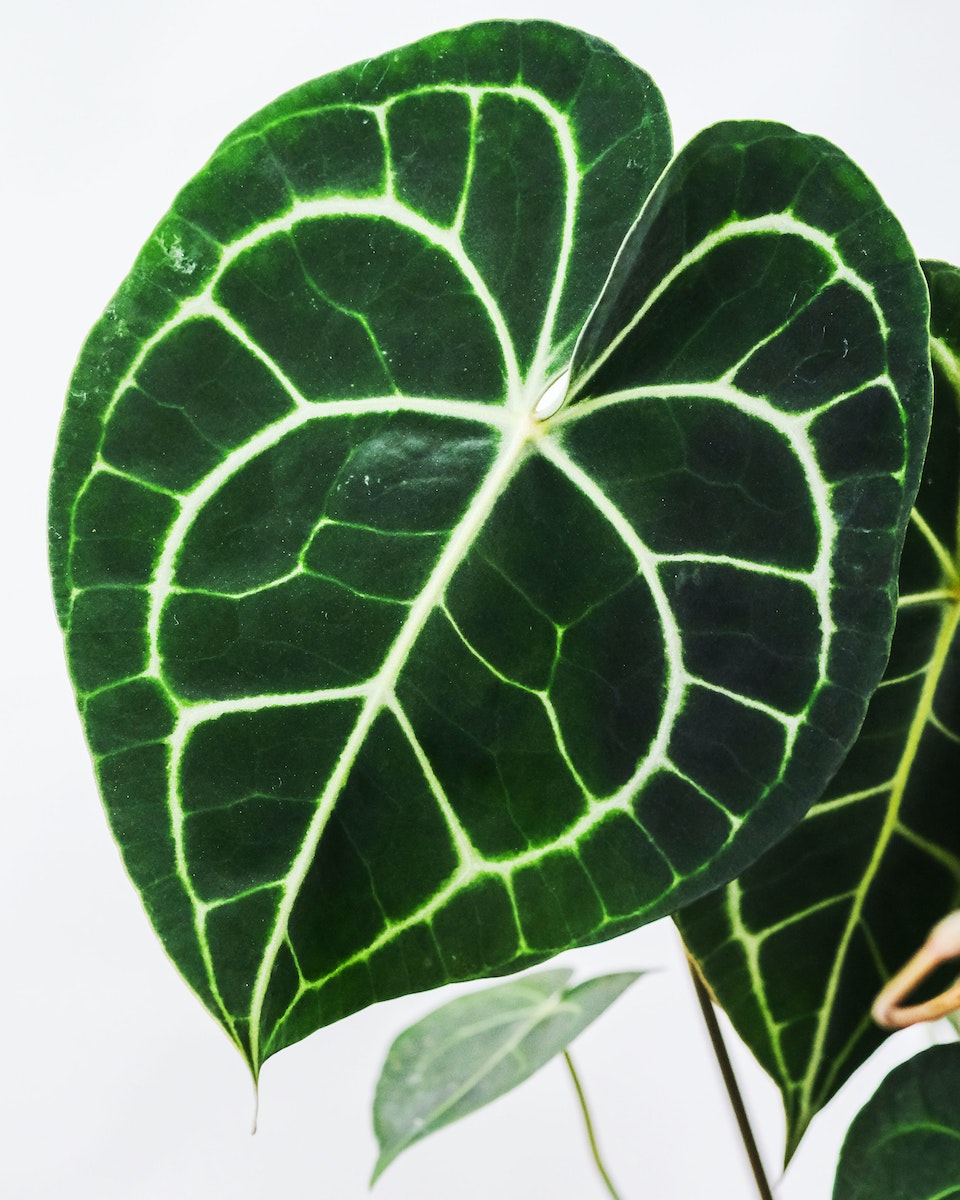Tropical evergreens are becoming cult favorites amongst gardening enthusiasts, and the Anthurium Magnificum is one of those evergreens gaining rapid popularity. The Anthurium genus comprises over 1000 perennial plants and directly relates to the Philodendron Imperial Red. Its leathery lush green leaves attract observers, while its large-sized foliage adds versatility to indoor gardens.
Even though the Anthurium Magnificum is a decorative plant, it also serves as an excellent indoor air purifier. This species belongs to the Araceae family of Aroids and is native to Central America, Southern America, and the Caribbean.
Table of Contents
Meet The Anthurium Magnificum: Basic knowledge and Origins
The genus Anthurium can be found in various parts of America and the Caribbean, but Anthurium Magnificum is located strictly in Columbia.
It is of particular interest to gardeners because these babies stay healthy all year round. They grow up to 4 feet tall and need to be tied to a stick or pole for support.
Aroids are flowering plants; they produce spadix or spathes that are tiny and green in color.
Here are a few quick facts about the Magnificum Anthurium:
| Family Type | Araceae |
| Common Name | Flamingo flower or Laceleafs |
| Botanical Name | Anthurium Magnificum |
| Plant Type | Perennial |
| Size | 90-120 cm in height |
| Native Area | Columbia |
| Sun Exposure | Bright indirect sunlight |
| Soil Consistency | Coarse and moist |
| Soil pH | mildly acidic |
| Flower Color | Red, pink, or white |
| Toxicity | Toxic to humans and animals |
| Common Pests | Aphids, mealybugs, whitefly, spider mites, and scale: |
Varieties of Anthurium
Over a thousand species of Anthurium are divided into 18 sections for convenience. The sections are listed below.
Belolonchium
Calomystrium
Cardiolonchium
Chamaerepium
Cordatopunctatum
Dactylophyllium
Decurrentia
Digitinervium
Gymnopodium
Leptanthurium
Pachyneurium
Polyphyllium
Polyneurium
Porphyrochitonium
Schizoplacium
Semaeophyllium
Tetraspermium
Urospadix
Xialophyllium
Source: Wikipedia
How to Care for The Anthurium Magnificum

Anthurium Magnificum is different from the Crystallinum and Clarinervium varieties in terms of leaf size. Magnifcium has glorious elephant ear-shaped leaves that might require a little extra care, especially when it comes to protecting them from bugs and direct sunlight.
Magnificum is considered a rare plant, and you might find it more costly than the other plants in the nursery or gardening shops.
The Magnificum can easily survive indoors and is a low-maintenance plant to grow.
Sunlight
This plant thrives well in bright but indirect sunlight. Direct sunlight is likely to damage the leaves.
Placing it beside a north-facing window is best to compensate for its sunlight needs.
Soil
Adequately drained soil infused with slight moisture serves this plant well. To maintain proper drainage, use containers with holes.
A quick fix for the Anthurium Magnificum would be a potting mix enriched with perlite, mulch, charcoal, and peat moss.
Peat moss ensures optimum aeration while the perlite maintains balanced hydration levels.
Watering
These tropical evergreen plants love rainwater. However, distilled or filtered water would bear well too.
The soil must be kept slightly moist, especially during their growing season that lasts from March till September.
Watering frequency should be thrice per week during the growing season and once or twice during winter.
Temperature
The first thing you should keep in mind is that the Anthurium Magnificum is a tropical plant and thus has a high affinity for warmth and humidity.
The temperature should fluctuate between 65-75 degrees Fahrenheit and never drop below 55 degrees Fahrenheit. Frost will result in the death of the Magnificum.
You should use pebbles bathed in moisture or a humidifier to boost humidity levels in the environment.
Fertilizer
Fertilizer should be applied once every four months.
Do not over-fertilize the soil as it will result in excess salts that damage the roots.
Potting
These plants grow up to large sizes, so you should use a pot diameter of at least 20 inches.
Make sure to use one with holes in it.
Repotting
When you start witnessing the roots sticking out, that’s when it’s time to re-pot the Magnificum. The best time for repotting is during spring.
Propagation of Anthurium Magnificum

Propagation via Stem Cuttings
A stem cutting can give you an entirely new plant. Use a sterilized pair of scissors to cut at least 3 inches of the stem beneath the leaf node.
Allow this cutting to cure in a warm environment over the next week. Once cured, pot the stem cutting by packing soil around it.
Propagation via Root Division
Propagation by root division is preferred as it results in relatively stronger Anthurium Magnificum roots.
This method involves de-potting the original Magnificum plant so that you can carefully pluck out a few healthy roots.
Allow the roots to dry over the next 24 hours, and then pot them in a sieved container.
P.s: This video will give you a deeper insight into the different ways of propagating the Anthurium Magnificum.
Problems with Growing the Anthurium Magnificum
Yellowing of leaves
When the leaves of the Anthurium Magnificum start to yellow, it’s an indication that you’re over-watering the plant.
If the yellowing of leaves accompanies root rot, then you will have to start from scratch by growing a new Anthurium Magnificum.
Stick to the advised watering frequency, and the Magnificum will do fine.
Spots on leaves
Spots on leaves that seem to be decaying signify that your Anthurium Magnificum is getting excessive direct sunlight.
The high sunlight intensity burns the leaves, making it seem as if they are decaying.
Simply place the plant beside north-facing windows, and it’ll thrive again.
Root rot
Root rot is often caused by over-watering. A soil with poorly established drainage may also damage the roots irreversibly.
Root rot can not be treated. However, if only a few roots have been targeted, then they must be plucked off so that they don’t damage the ones adjacent to them.
Ask Away: The FAQ Section
Anthurium Magnificum is related to the philodendron family. However, they both are not the same species. Anthurium has larger and greener leaves than those of the Philonderon.
Anthurium Magnificum is a moderate to slow-growing plant. However, introducing a warm and humid environment may hasten its growth rate.
Propagation by stem cuttings
Propagation by root division
Propagation by seeds
Light plays a crucial role in the growth of the Anthurium Magnificum. Insufficient lighting is the leading cause of poor Anthurium growth.
Anthuriums are not standard options for home gardens and are somewhat of a rare tropical plant to source. These two factors make it relatively more expensive.

